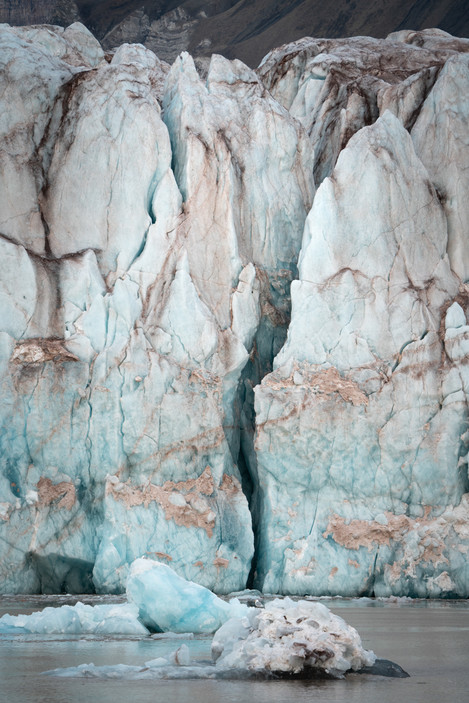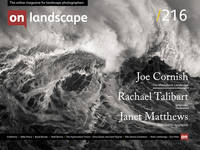The power of metaphor resides in the imagination of the individual
Perhaps the main point of this article is to assert that the landscape is capable of metaphor; that landscape can be said to have characteristics that are similar to something completely different. In most cases that ‘completely different’ will be the human condition.
It is difficult, living in sceptical and cynical times, to make this assertion. After all, is not the landscape in a photograph simply the sum of what it represents? Is not the idea that it can stand for something else mere intellectual posturing, or, pretentious nonsense?
If you take that view then probably no amount of argument could persuade you otherwise. Yet the art world generally depends on metaphor, for so much of its power and meaning. It is easy enough to see how music works as an abstraction of the human condition, even if we only vaguely understand how it does this. Perhaps the fact that it is hard to understand all the rich references and connections of music is what makes it so effective, and affecting. Dance, the art of the human body, uses metaphor in a more direct way.

Those arts that are more descriptive (painting and sculpture) use the idea of metaphor confidently. It is photography, that apparently faithful reproducer of the visual world, that is rarely associated with metaphor. Yet in ways that vary from subtle to overt, even a field as direct and apparently literal as landscape photography still provides a rich seam of metaphoric potential.


